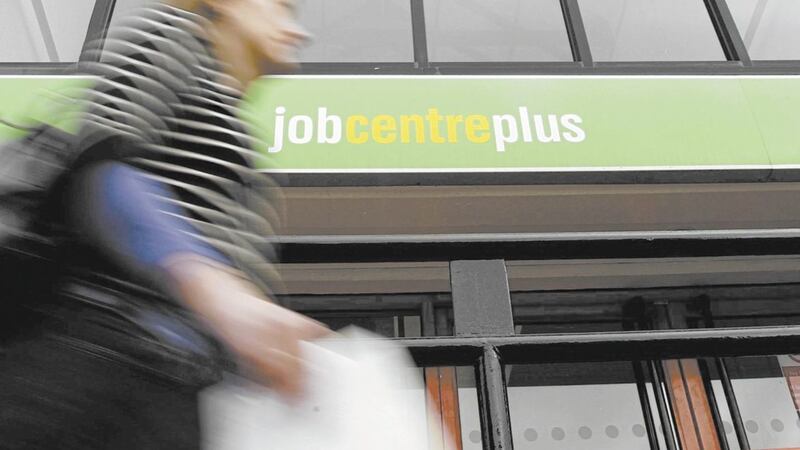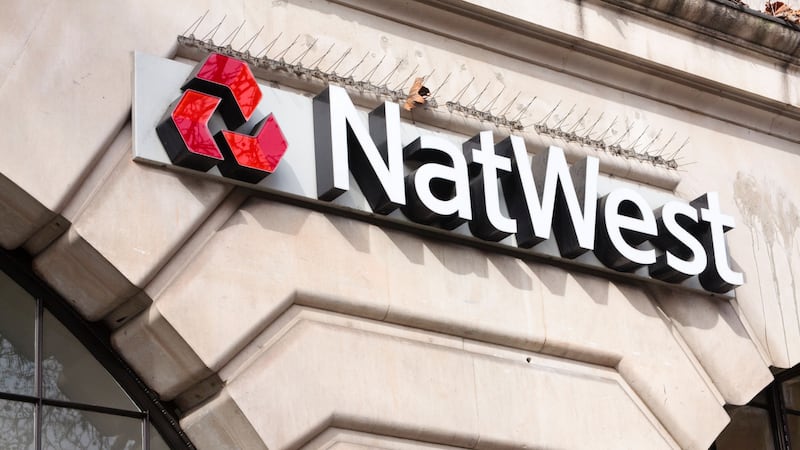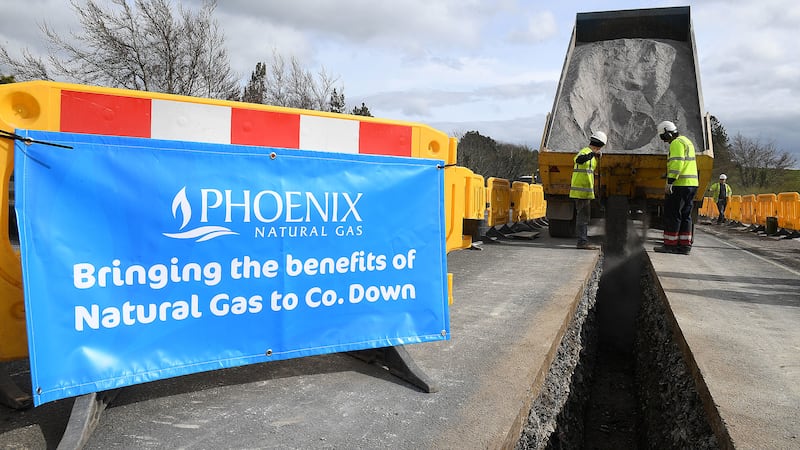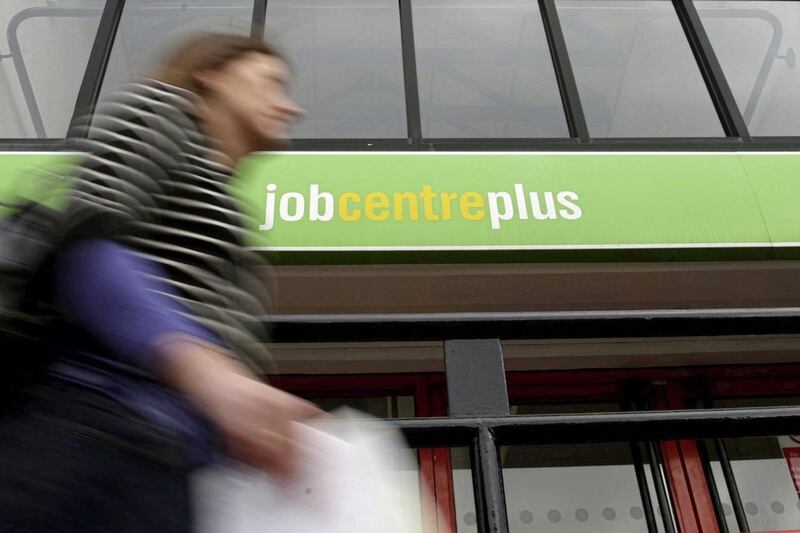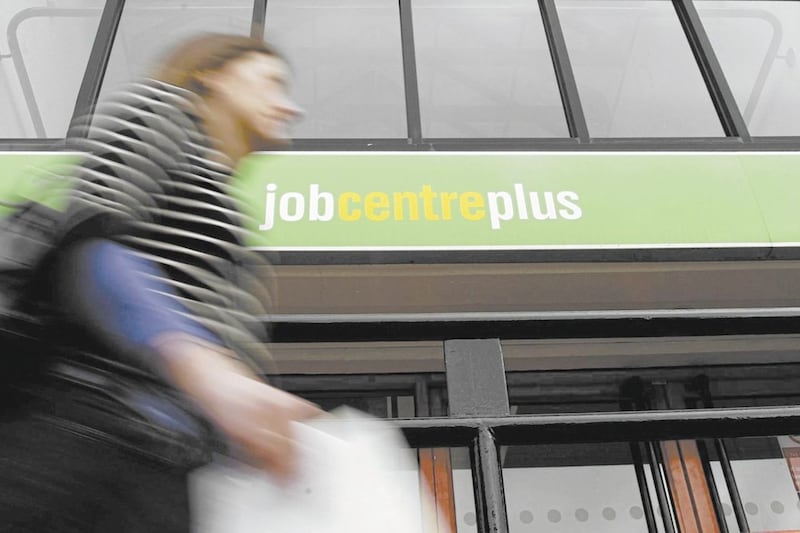THE number of people claiming unemployment benefit in Northern Ireland fell by 300 last month to 31,600, while the unemployment rate rose a shade to 5.7 per cent.
Latest figures show the seasonally adjusted unemployment rate for the period from November to January was 5.7 per cent – an increase of 0.1 per cent from the previous quarter, but a decrease of 0.3 per cent over the year.
The rate is still significantly higher than in the UK where unemployment fell back to its lowest rate of 4.7 per cent in 41 years.
But long-term and youth unemployment both saw a welcome drop – the long-term unemployment rate in the north was down 6.2 percentage points to 43.3 per cent, while the youth unemployment rate was 14.4 per cent – down 4.1 percentage points over the year.
Figures also show a marginal decrease (0.1 per cent) in the employment rate (69.4 per cent) over the quarter, but an increase over the year (0.6 per cent).
Economic inactivity, meanwhile, remains unchanged over the most recent quarter, while falling by 0.3 per cent over the year.
The number of people leaving the register in the previous 36 month period has slowed from 11,500 in the 12 months to February 2015, to 6,800 in the most recent year to February 2017.
Official figures also highlight an increase in confirmed redundancies – 134 redundancies were confirmed last month, while over the last year (to February 28, 2017), there was a 79 per cent increase: 3,552 redundancies compared to 1,987 in the previous year.
Meanwhile, other data contained in the labour market report pointed to positives for the Northern Ireland economy, including a return to growth for the NI services sector during quarter four of 2016.
Output in the services sector increased over the quarter (1.6 per cent) while manufacturing output also rose in the last quarter – up by 4.3 per cent on the previous three months.
Ulster University economist Esmond Birnie says the data represents "darker clouds" over the north's labour market, which has been gradually weakening.
"These figures provide further evidence of an economy in slowdown," he said.
"The region's employment growth rate of much less than half a percentage point compares badly with the three years from 2012-2015, when growth rates averaged 1.6 per cent annually.”
